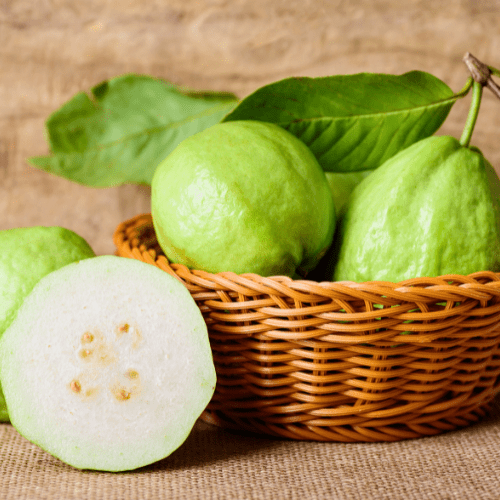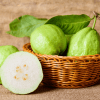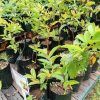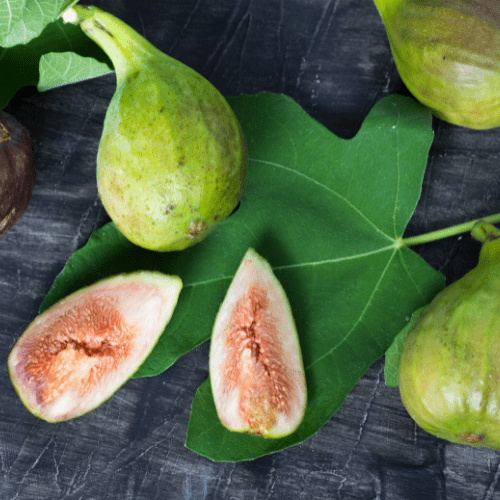Position
Plant your guava tree in full sun and protect it from frost by covering it with a sheet or tarp. It can grow well in the garden or in a 50 to 60 centimetre pot. Keep it in a spot that isn’t subject to heavy winds. Plant them 2 to 3 metres from other trees and 5 metres from other guava trees.
Soil Type
Guava trees are not fussy about the soil conditions but prefer a slightly acidic soil with a pH of between 5 and 7.
Watering
During warm weather and the growing season, water your guava tree generously 2 to 3 times a month. Water it for about 40 minutes. If you get 3 good monthly rains, you don’t need to water the tree. During the winter months, guavas are drought-resistant, so water sparingly. They have shallow roots that absorb water and nutrients rapidly.
Mulching
Add a thick layer of Pine bark mulch, keeping it about 5 centimetres away from the tree trunk itself (any closer and it may cause excess moisture to damage the trunk). This will retain the moisture in the soil and will prevent weeds from taking over.
Add a bag of our Volcanic rock dust to give your guava tree the required magnesium. Otherwise, get magnesium as well for maximum fruit production.
Fertilising
To ensure good growth and fruit-bearing, guava trees need high nitrogen, phosphoric acid and potash. If potting then plant your guava tree with a combination of potting soil and organic compost. Apply 1 teaspoon every 4-5 months of our slow-release all-plant fertiliser. The roots will absorb what they need.
Pruning
Remove any dead or crossing branches and any foliage or small branches that sprout on larger branches. Shape the tree as you like. Guavas fruit on new growth, so pruning will not adversely affect fruit-bearing.
Pests and Diseases
Aphids, citrus psylla, red scale, citrus greening. Spraying regularly with Agricultural Neem Oil or Effective Microorganisms (EM Control ) will assist in either prevention or after the fact. If you already have aphids or mites, wash the tree with a harsh hosing, and when dry, spray with Neem oil or EM Control.
Practice good garden hygiene (remove fallen fruit and leaves).
Watch for root rot (if overwatered) and fungal infections during wet periods.
Harvesting
The blooming season is in early spring. The fruit matures between 90 and 150 days after the flowers bloom. When your guavas are ripe enough to pick, they will exude their characteristic smell quite noticeably and give under light pressure.









